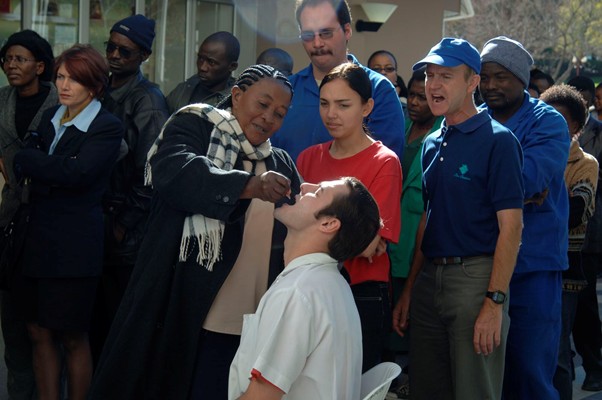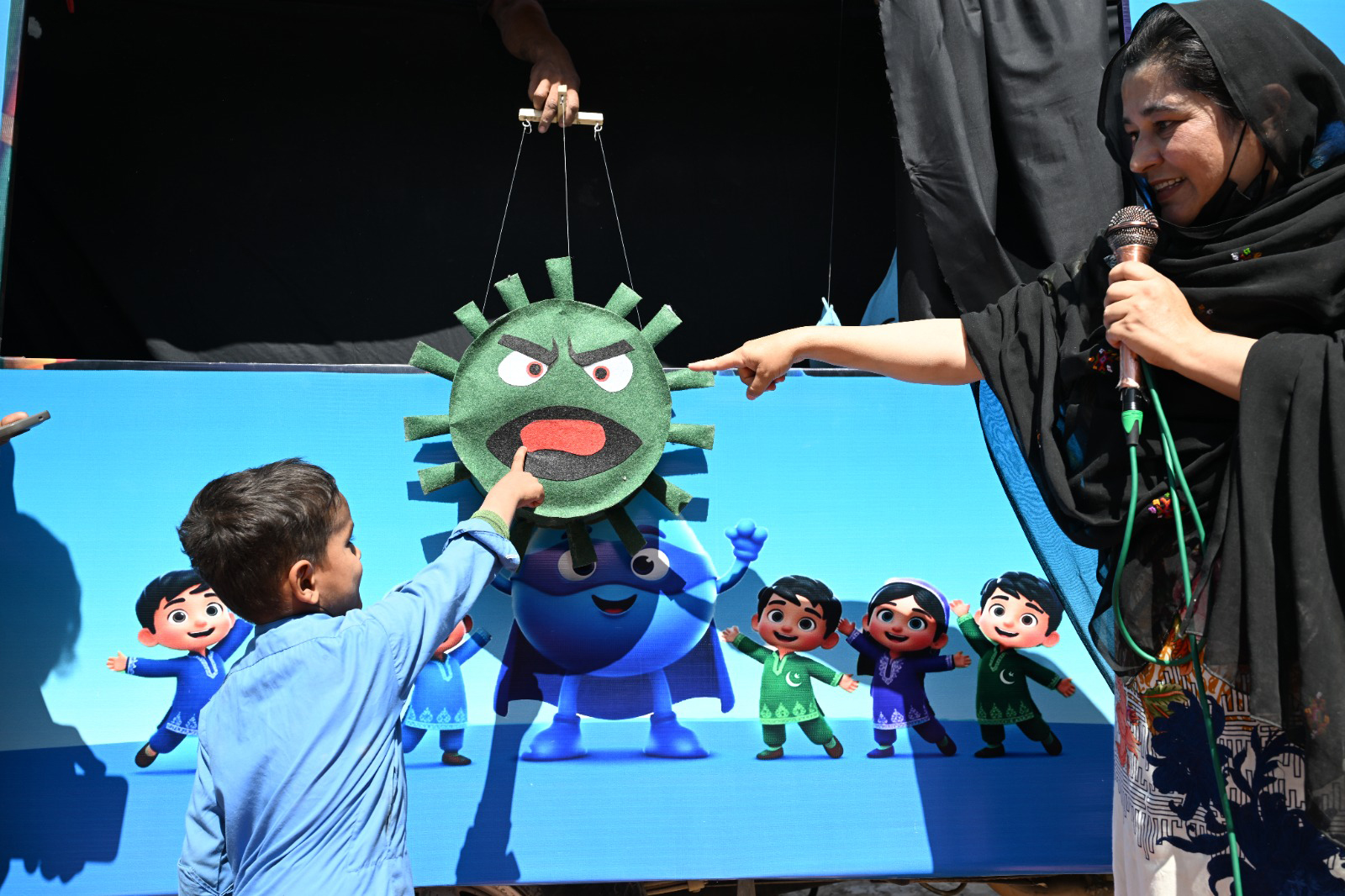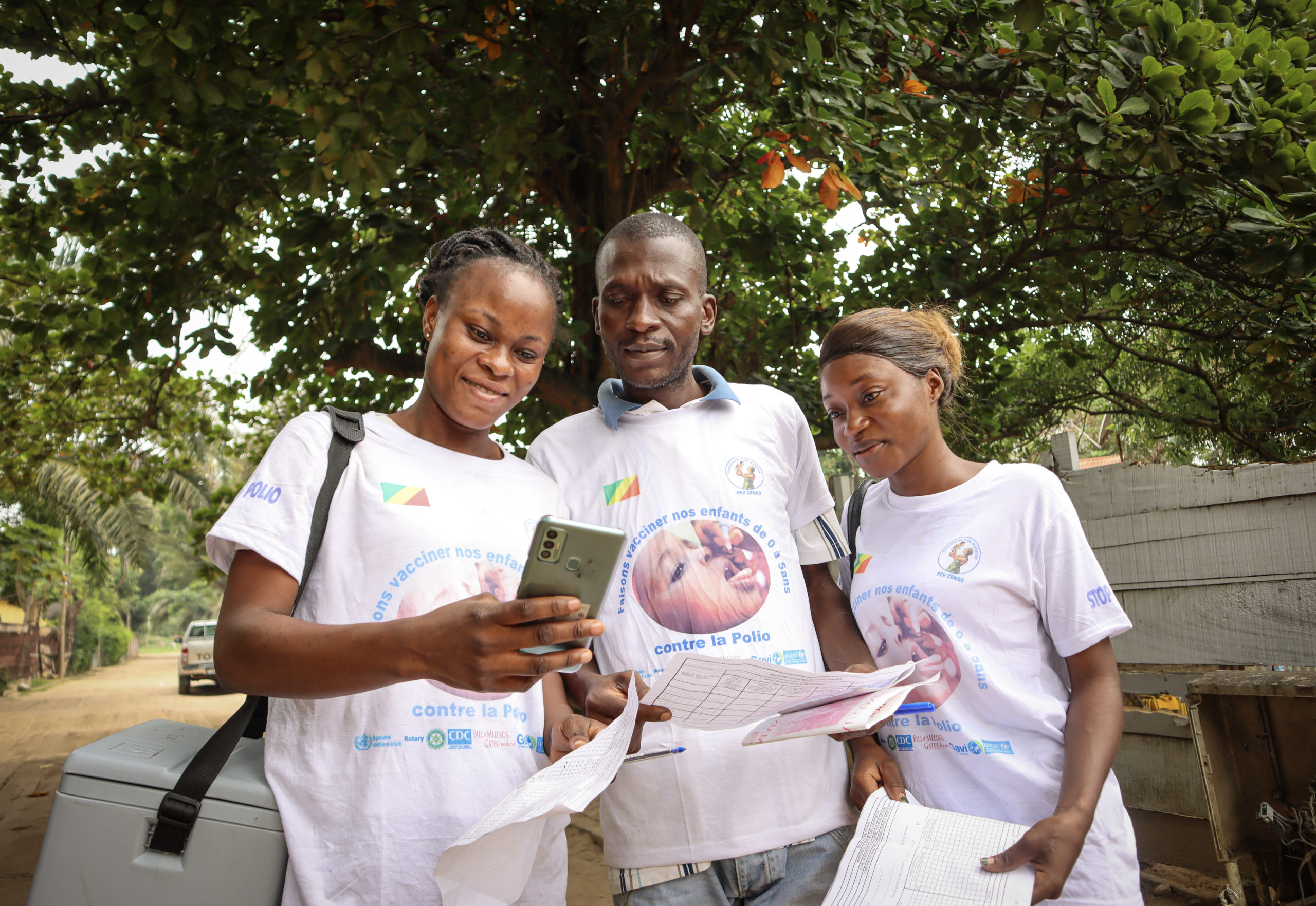
Polio is a cunning virus. Just when a nation becomes a little too comfortable with their polio-free status, or when insecurity or some other disruption gets in the way of strong population immunity, that’s when polio pops up and attacks vulnerable communities.
As such, outbreaks will continue to occur until polio is completely eradicated. The Global Polio Eradication Initiative (GPEI) is hard at work making that happen; and the new Polio Eradication and Endgame Strategic Plan 2013-2018 has been designed to wipe out this virus within the next six years. But, in the meantime, the GPEI and the global community will have to be prepared to gain quick control over new outbreaks.
The World Health Assembly’s 2006 resolution on polio eradication – WHA59.1 – is considered the holy book of polio outbreak response. It contains a series of recommendations outlining the ideal response both from the affected country and the international organizations that support them.
Thanks to the resolution and the lessons learned since it was passed, the GPEI is getting better and better at putting an end to new outbreaks. Since 2011, only one outbreak has lasted longer than six months. In 2008, it took an average of 20 weeks to put a stop to a new outbreak; but by 2011, that was whittled down to 12 weeks.
So what exactly does the ideal outbreak response look like? Here is a breakdown:
Related
Learning lessons the hard way
Horn of Africa polio outbreak
Success against polio by end-2014 a realistic prospect: IMB



